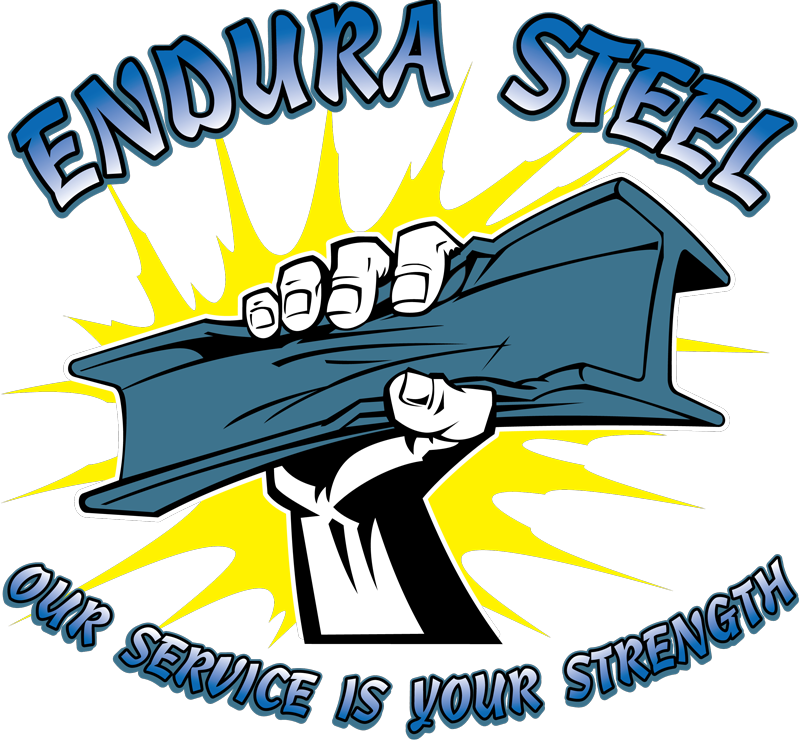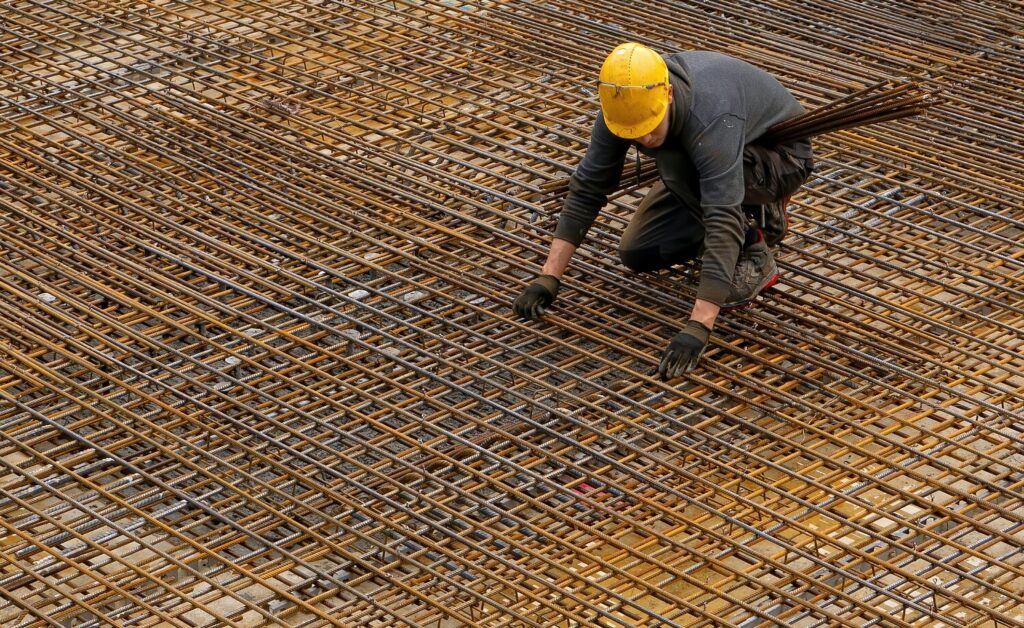Rebar, short for reinforcing or reinforcement steel, is a steel bar and often mesh. It is used as a tension device in reinforced concrete and masonry structures. It works in tandem with concrete to create a composite building material that is exceptionally strong and durable.
In construction projects, rebar is essential in maintaining building integrity and other infrastructure.
Its use provides numerous benefits that are essential to long-term viability and safety. Many buildings would be unstable and prone to cracking or collapse without rebar.
Importance of Using Rebar in Construction Projects
Reinforced steel bars or rebar are ubiquitous in most construction sites worldwide. Using rebar is essential for creating robust concrete structures that withstand heavy loads and stress. Reinforced concrete benefits various construction projects, from bridges and roads to high-rise buildings.
Rebar also helps ensure that concrete does not crack under pressure due to its ability to expand and contract with temperature changes. This expansion and contraction can cause internal stresses within the reinforced structure, eventually leading to cracks or failure without proper reinforcement.
Structural Benefits of Using Rebar
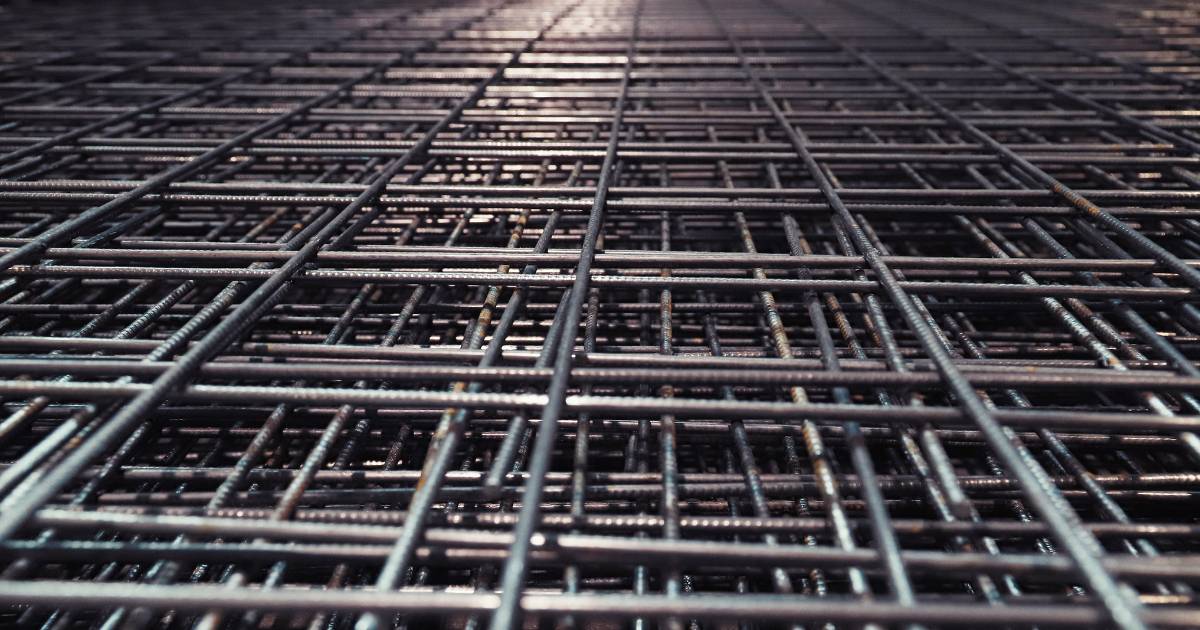
Increased Strength and Durability
Rebar, which stands for reinforcing bar, is a steel bar or mesh used as a tension device for reinforced concrete. Its presence in concrete structures dramatically increases its strength and durability. This is because rebar acts as a support system within the concrete, helping it to withstand heavy loads and stress without cracking or breaking.
For example, in bridges and high-rise buildings with large amounts of weight and pressure, using rebar can be crucial in ensuring structural integrity. Additionally, rebar has a high tensile strength, which means it can resist being pulled apart.
It is ideal for construction projects requiring durable structures such as parking garages, stadiums, and retaining walls. Furthermore, rebar also provides resistance against weathering and corrosion due to its alloy composition, which helps to protect against rust.
Reinforcement for Concrete Structures
One of the primary benefits of using rebar in construction projects is its ability to reinforce concrete structures. When poured into molds or frames during construction, wet concrete can be pliable and susceptible to cracking or breaking when exposed to load-bearing stress.
Reinforcing concrete with strategically placed lengths of rebar can significantly increase its structural integrity by providing additional support throughout the structure. Using rebar enhances the tensile strength of concrete by adding a layer of reinforcement that works hand-in-hand with the compressive force provided by the cement mixtures used during pouring.
Prevention of Cracking and Breaking
Another benefit of rebar is that it helps prevent cracking and breaking in reinforced structures. When constructing reinforced concrete walls or slabs, for example, bending lengths of steel reinforcement bars before they are added into place allows them to fit snugly within their assigned spaces, forming a grid-like structure that prevents the concrete from expanding and eventually cracking under pressure.
Rebar can also reinforce concrete in areas prone to bending or flexing due to environmental factors such as exposure to high winds, earthquakes, and other natural disasters. By adding rebar into the mix, builders can ensure that their structures retain their shape and structural integrity even when exposed to significant loads and stresses over time.
Cost-Effective Benefits of Using Rebar
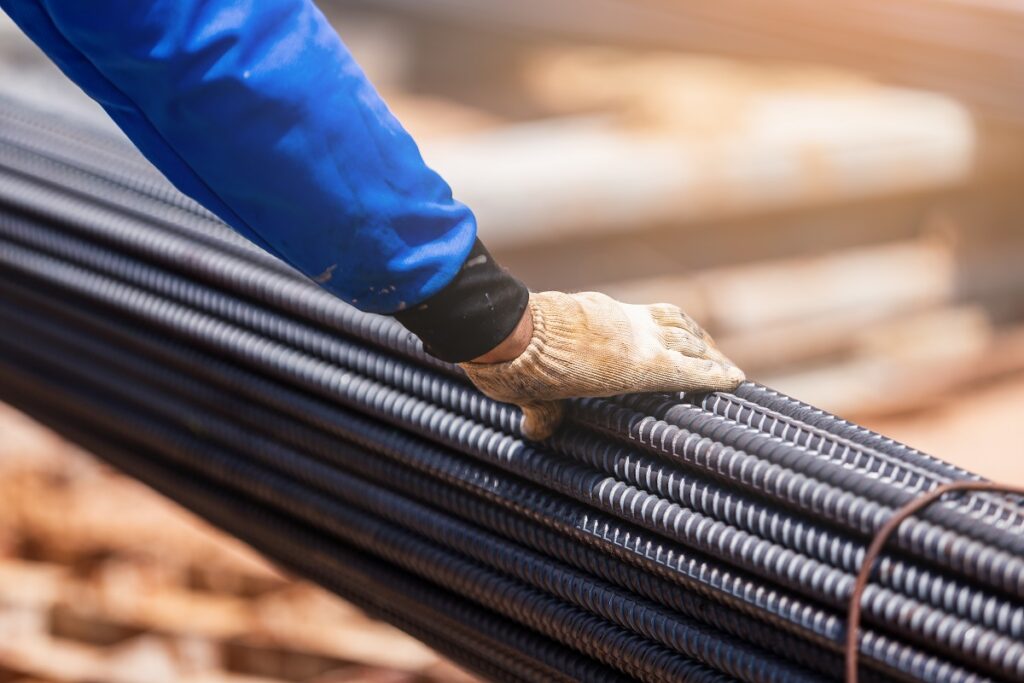
Longevity and Reduced Maintenance Costs
One of the most significant benefits of using rebar in construction projects is its longevity, ultimately reducing maintenance costs over time. By reinforcing concrete structures with rebar, these structures become more resistant to stress and weathering and can withstand heavy loads for extended periods.
The result is a structure requiring less repair or replacement work, reducing labor and material costs associated with regular upkeep. Rebar’s strength and resilience make it an ideal choice for long-term investments in construction projects. It is much better compared to other building materials like wood or plastic.
Reduced Need for Repairs or Replacements
Another cost-effective benefit of using rebar in construction is the reduced need for repairs or replacements. When concrete structures are reinforced with rebar, they become more rigid, preventing cracks from forming and limiting the potential for damage caused by environmental factors such as freezing temperatures or seismic activity. This means that even after many years of use, the structure remains stable and intact without requiring extensive repairs.
Savings on Labor Costs for Future Maintenance Work
Using rebar in construction projects can save labor costs associated with future maintenance work. Because reinforced structures require less maintenance overall, laborers tasked with maintaining them will have fewer tasks to complete over time. Additionally, because these maintenance tasks will be less frequent than those required by unreinforced structures, there will be fewer opportunities for accidents or injuries.
Increased Property Value and Resale Potential
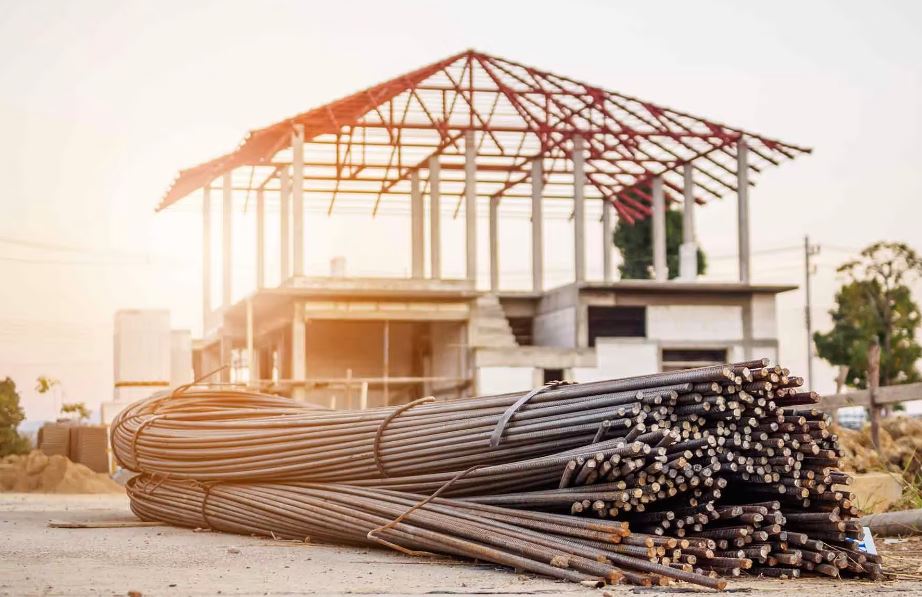
The Link Between Rebar Use and Property Value Increase
The cost-effective benefits of using rebar extend beyond reducing future maintenance expenses; investing in reinforced concrete can also increase property value over time. Because reinforced structures are more durable and long-lasting, they are considered a higher-quality investment for buyers.
Properties with reinforced structures often have more significant resale potential due to their high structural integrity and lower future maintenance costs. This makes them an attractive choice for real estate investors and property buyers looking for investments with long-term value.
Reinforced Structures Attract High-Value Tenants
Another factor contributing to the increased property value associated with reinforced concrete is the type of tenants these properties attract. Because reinforced structures are often found in multi-family apartment buildings or commercial properties, they tend to attract high-value tenants willing to pay a premium for quality construction. This translates into higher rental rates, further increasing the return on investment for property owners.
Environmental Benefits of Using Rebar in Construction
It is worth noting that using rebar in construction projects provides cost-effective and environmental benefits. The durability of reinforced concrete structures means that they require fewer replacements over time, reducing waste generated from construction sites, thus positively impacting the environment. Additionally, producing rebar requires less energy than other building materials like steel or plastics, reducing the carbon footprint of construction projects that use this material.
Environmental Benefits of Using Rebar
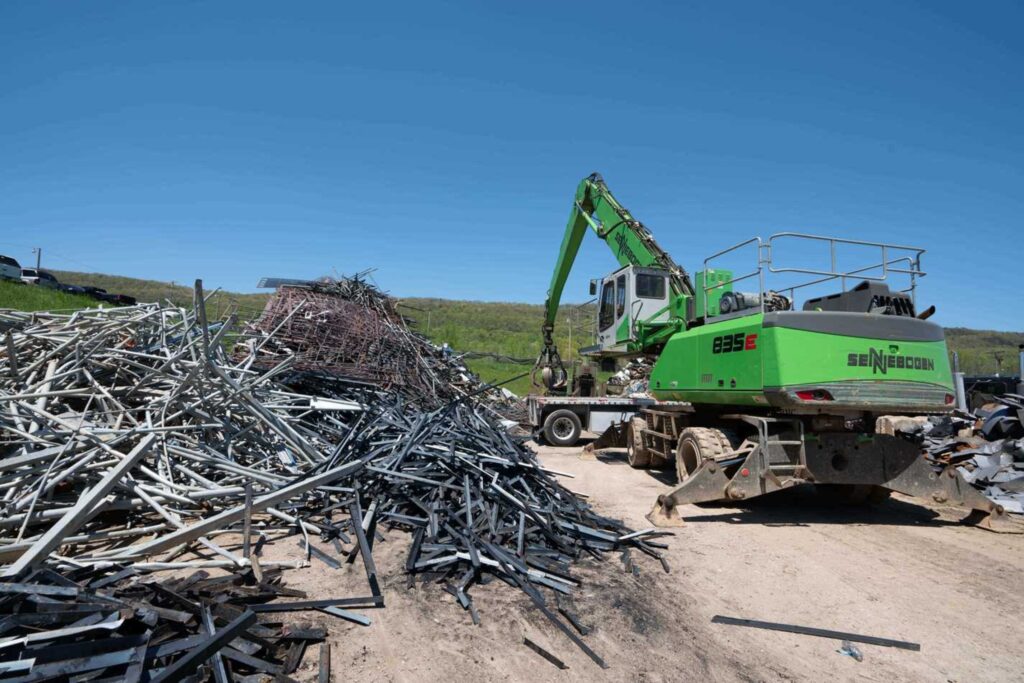
Reduced Carbon Footprint
Using rebar in construction projects has become an increasingly popular choice for its environmental benefits. One of the benefits is the reduced carbon footprint associated with using rebar. This is due to the longevity and reduced need for replacements, ultimately leading to decreased waste generated from construction sites.
The production process for rebar consumes less energy than other materials, such as steel. As a result, less CO2 emissions are produced during the manufacturing process.
Moreover, concrete structures containing rebar are durable and require significantly less maintenance or replacement. This means fewer new materials will be needed to replace these structures, reducing carbon emissions associated with manufacturing new components.
Lower Energy Consumption During Production
The production process for rebar involves melting scrap metal down and reshaping it into bars using rolling mills or other methods. Compared to producing steel from iron ores and other raw materials, this requires approximately 74% less energy consumption, meaning that significant amounts of energy can be saved during production. Since most scrap metal comes from recycled sources such as old cars and appliances, this reduces waste material.
Reduction in Waste Generated From Construction Sites
Reinforced concrete structures containing rebar have a long lifespan and require fewer replacements than similar structures made without reinforcement. This means there is much less waste material generated on construction sites when using reinforced concrete containing rebar. In addition, since rebar can be reused if removed carefully from existing structures before demolition or renovation work takes place, it can also help reduce waste material that would otherwise be sent to landfills or incinerators.
The environmental benefits of using rebar in construction projects should not be overlooked. The reduced carbon footprint, lower energy consumption during production, and reduced waste generated on construction sites make rebar a more sustainable option for building structures that will last many years.
Usage of Rebar in Different Construction Projects
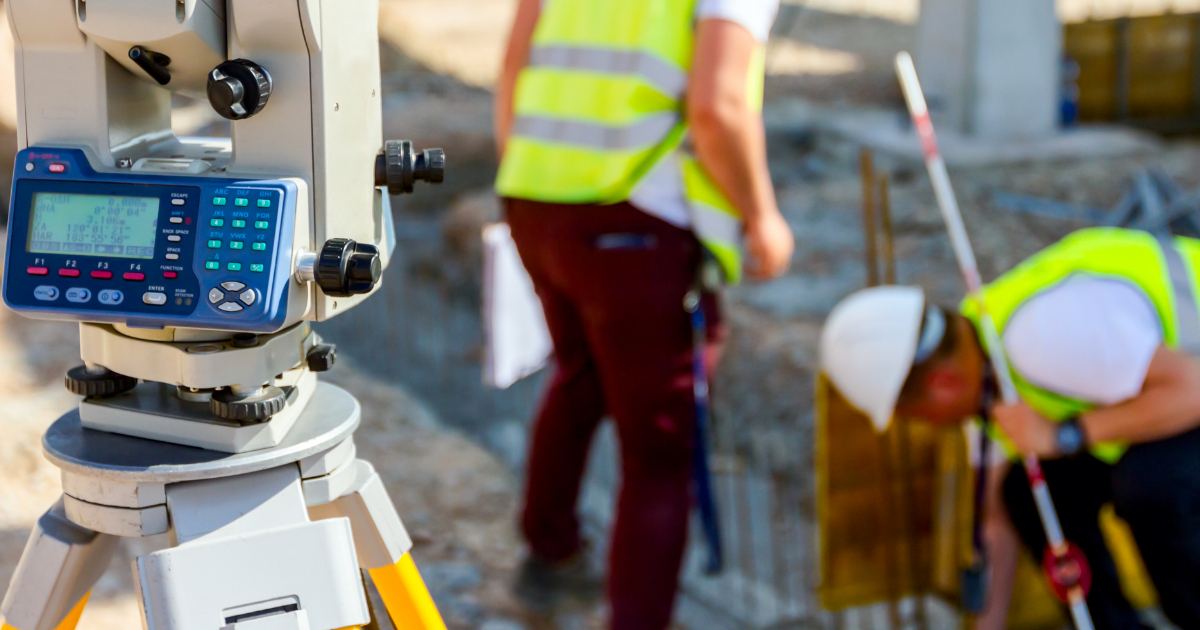
Residential Construction Projects
Rebar is an essential component in the construction of residential buildings, especially those with concrete foundations. In most cases, rebar is required by building codes to ensure the structure meets safety standards.
These codes often require that rebar be installed at specific intervals throughout the foundation and walls. Rebar provides structural support to residential constructions by reinforcing the concrete and preventing it from cracking or breaking under stress.
It distributes weight evenly across the foundation, which reduces the likelihood of settling or shifting over time. This translates into a more durable and long-lasting building that can withstand harsh weather conditions and natural disasters such as earthquakes.
Rebar can increase property value and make a home more attractive to potential buyers. Reassuring them of a durable building structure can help homeowners sell their homes at a higher price point and with more confidence.
Commercial Construction Projects
Commercial buildings such as skyscrapers, malls, hospitals, schools, and other large structures are expected to accommodate many people while maintaining their structural integrity over time. These requirements make rebar an essential component in commercial construction projects.
Using reinforcing bars in commercial construction projects helps ensure that the building structure remains safe for both occupants and visitors over time. They reduce maintenance costs by preventing cracks in walls and floors due to heavy load stresses or weathering elements like extreme temperatures or humidity.
Another benefit of using reinforcement steel bars is that they increase fire resistance by helping retain concrete’s strength and integrity even when exposed to extreme fire levels during fires. This makes buildings safer for occupants during emergencies like fires while reducing damage caused by flames or smoke inhalation.
Infrastructure Development Projects
Infrastructure development projects like bridges, highways, and airports need durable materials. Reasons include long-term functionality, withstanding harsh weather conditions, vehicle traffic, and heavy loads. This is where rebar comes into play.
In infrastructure development projects, rebar ensures durability and long-term functionality. The reinforcing bars reinforce concrete structures like bridge columns, piers, and retaining walls.
Reinforced structures can withstand the weight of vehicles and heavy loads over time without deteriorating or losing their integrity. Rebar helps prevent cracking or breaking in infrastructure projects due to the weight they carry through regular use.
This saves money on future repairs or replacements that could be costly. Additionally, using rebar in these construction projects increases safety for those on the road. It reduces the deterioration of infrastructure affecting roads that would cause accidents.
The Importance of Using Rebar
It cannot be overstated how important it is to use rebar in construction projects. When constructing buildings or infrastructure that will stand for years or even decades, it is crucial not to ignore safety. Rebar is a fundamental component for ensuring the safety of all building occupants.
Using rebar in your project creates a safe environment and invests wisely in your structure’s longevity. Utilizing this material helps reduce overall maintenance costs and increases property value.
Using rebar is an essential aspect of modern-day construction techniques that should not be neglected during any building process. It provides multiple benefits, such as increased structural stability & durability, cost-effectiveness, and eco-friendliness. It is a versatile choice for architects & constructors alike who prioritize safety & sustainability above everything else!
Our Locations
Get a Quote Now
